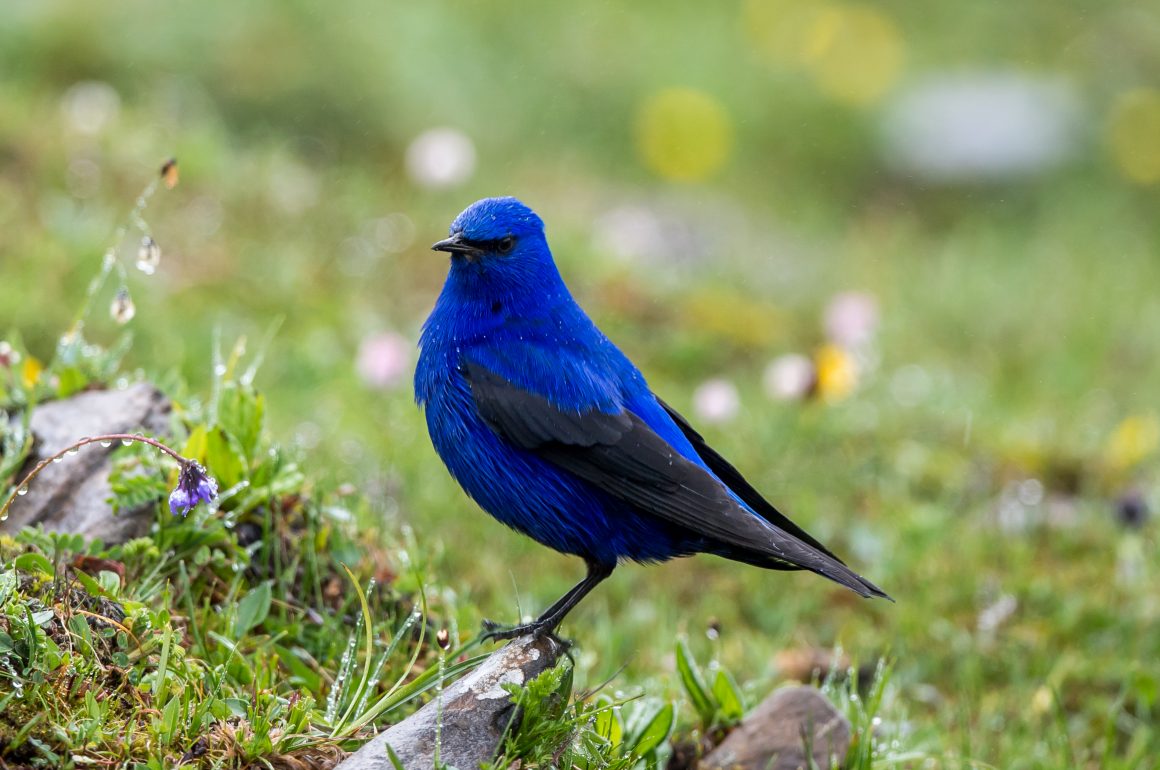
Balangshan is a mountainous area in Sichuan complete with a pass at an altitude of 4500 meters. And it is a great place for birding.
China’s massive investment in infrastructure has indirectly benefited birders. Two sections of the old road – one short one at a lower altitude, one longer one including the mountain pass – are no longer part of the main traffic route, having been replaced by tunnels. This makes these sections ideal for birding, with a much-reduced risk of being killed by a passing truck. (We had a scary moment when – on the main road – a truck passed us by so closely that the rearview mirror got completely smashed. The driver later had a rather simple explanation – “I dozed off”).
As usual, my timing to come to Balangshan was slightly off. Mid-May to Mid-Jun is the best time to see some of the most exciting species here, as this is the prime breeding time. For one of my target species, the Chinese Monal, that meant I only got to see the consolation prize, the female of the species (I recommend that you google the species to see a photo of the male, so you understand what I missed out on). Still, the female posed rather nicely on a rock for me.
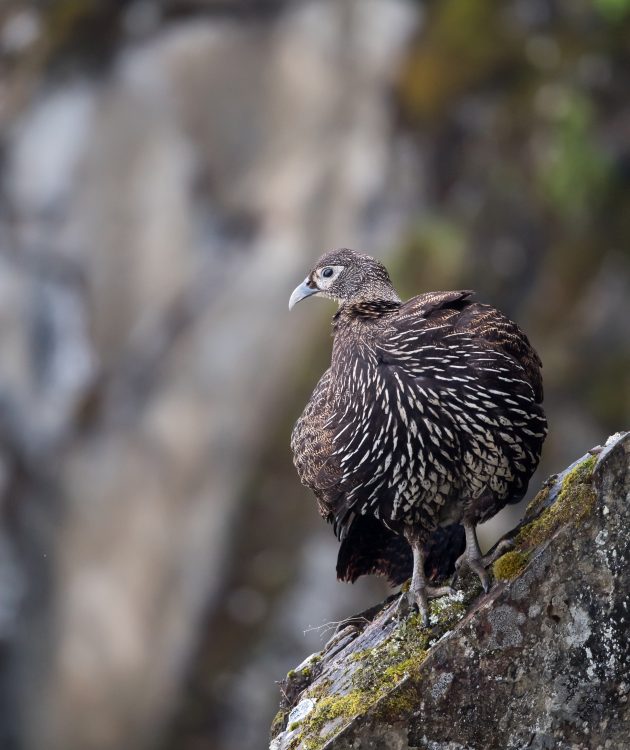
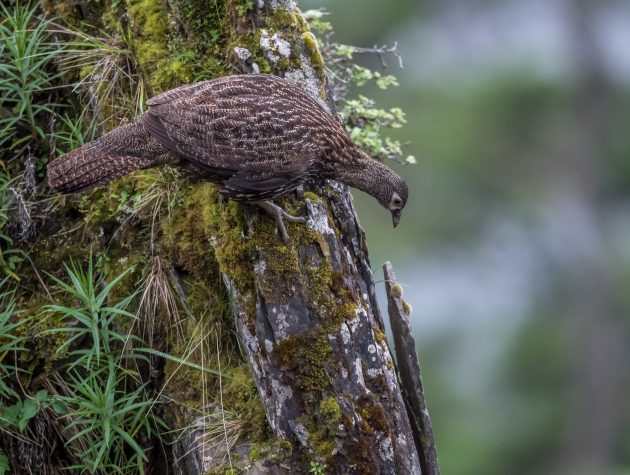
Interesting to see how these birds seem to use their wings less to fly and more to get an extra push when climbing uphill, giving some weight to related theories about the evolutionary development of flight in birds. Wallcreepers seem to use their wings in a rather similar way most of the time.
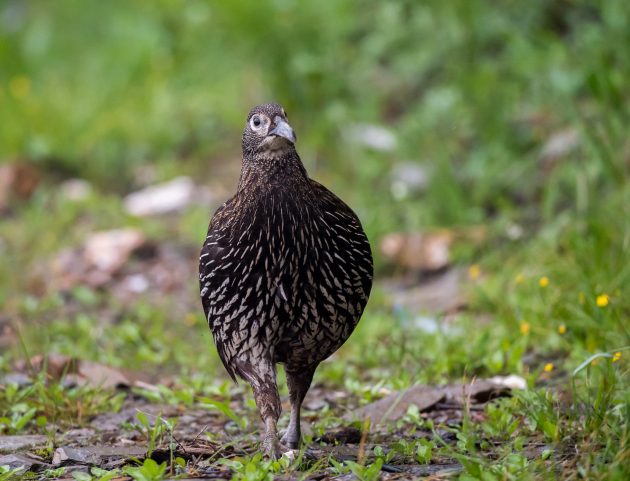
For another species, the Firethroat, it meant I only got acceptable views rather than the really good ones reportedly possible a few weeks earlier.
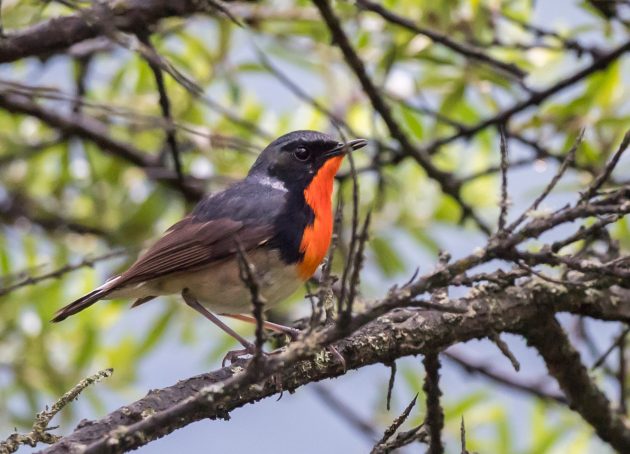
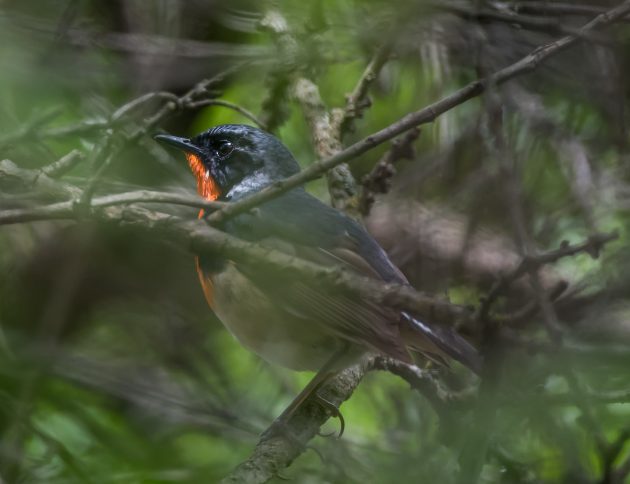
On the other hand, many exciting species were still around, including the Grandala, which may well have the most magnificent blue color in the whole avian world.
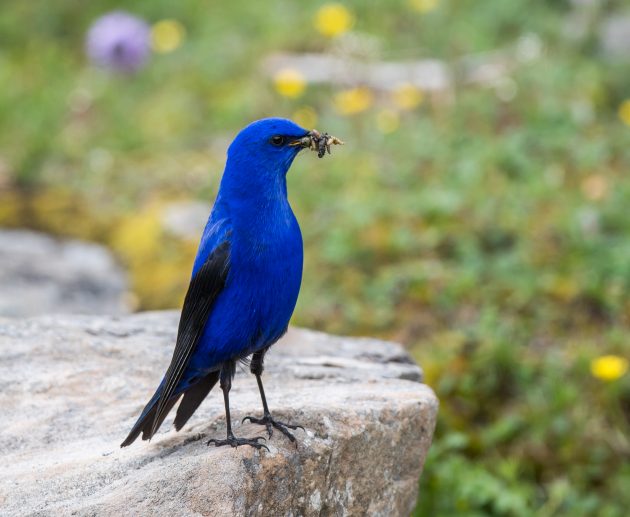
This blue is not a pigment but rather a “structural color”, something I am too lazy to write about now but which has been explained nicely before, for example here. Interestingly, a book on the rarity of the color blue in nature was just published in English (translated from its German original) – not sure if it is worth reading but you can judge for yourself here. Unfortunately, the book does not seem to mention the Grandala despite having a section on blue color in animals. Maybe the author did not know about Grandalas. Another interesting non-fact about this book: It is currently the number 1 bestseller on Amazon in the category “New releases – Rocks and minerals”. I wonder into how many sales this translates.
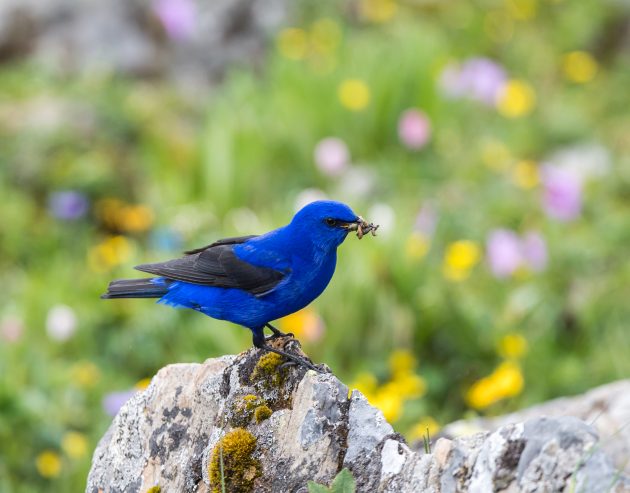
Also available in a wet version.
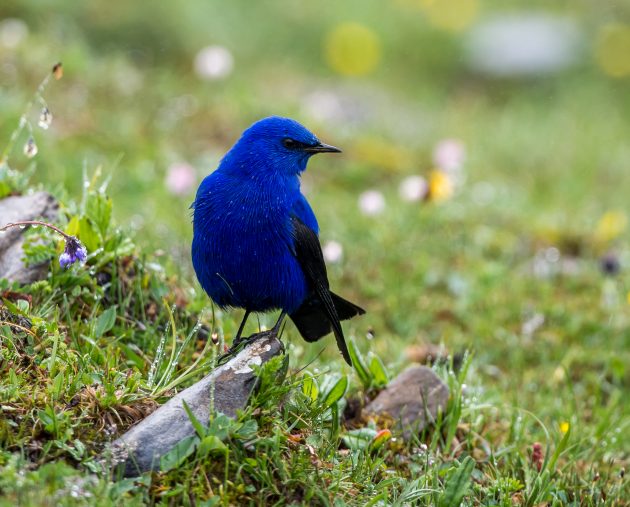
Time to leave.
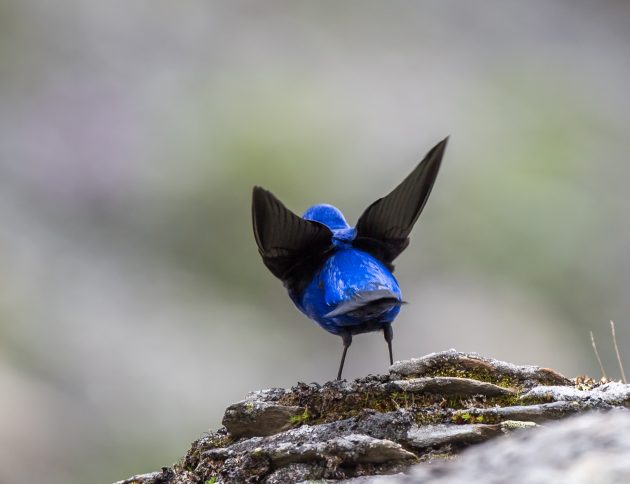
The female goes for a slightly more subdued look.
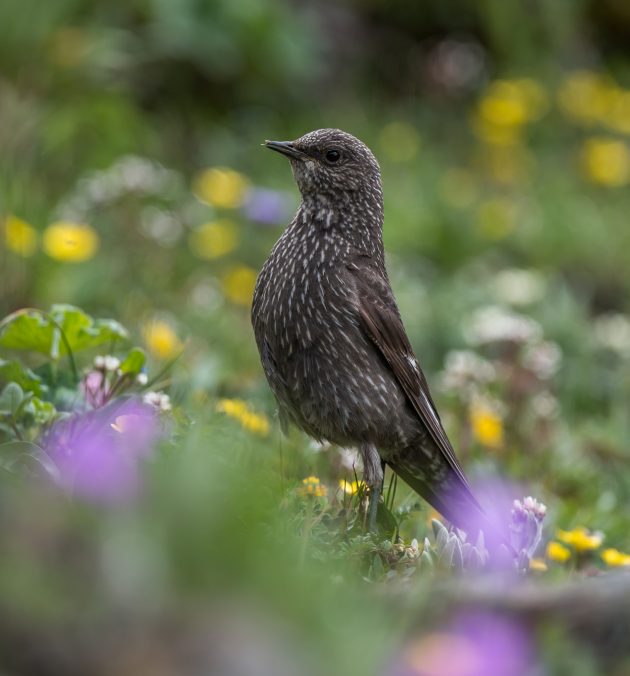
With regard to avoiding the attention of predators, this color seems to be a much better choice. Other bird species sharing the same high-altitude meadows seem to agree, such as the Plain Mountain Finch which eBird in its usual uncaring style describes as a “fittingly-named brown finch”. Never mind that bird species have feelings, too …
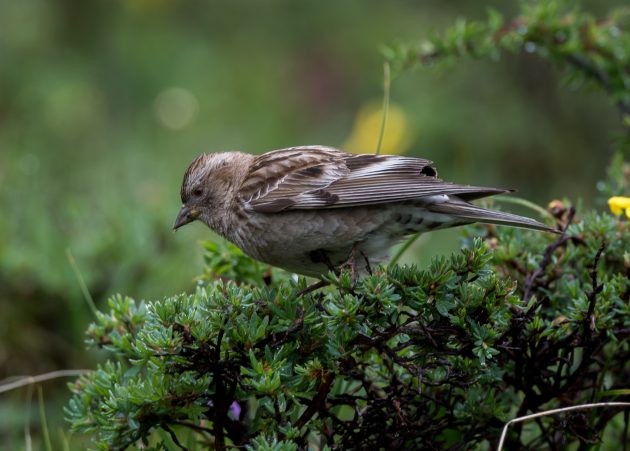
“I have a beautiful soul”
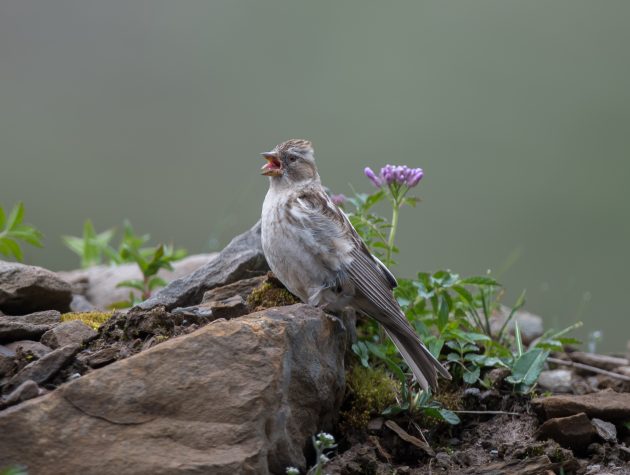
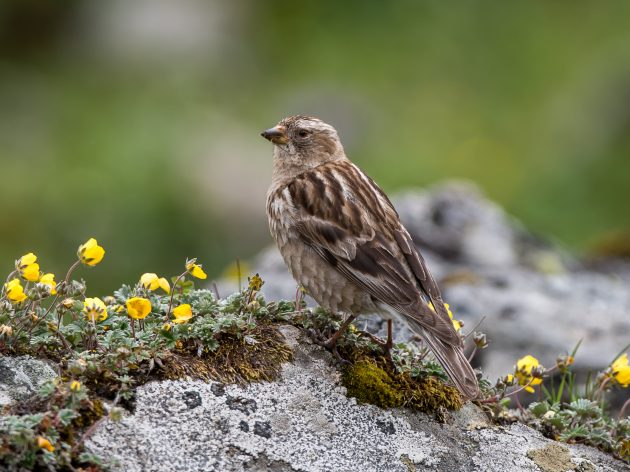
A related species, Brandt’s Mountain Finch, changes the formula only slightly. This effort gets it some rather lyrical description on eBird – maybe they have a poet in residence there? “As gray as the high cliffs, rocky meadows, and glacial moraines it frequents, this mountain finch is often …” I can confirm that the bird is – as described on eBird – very tame, frequently approaching me so closely that my long lens could no longer focus on it.
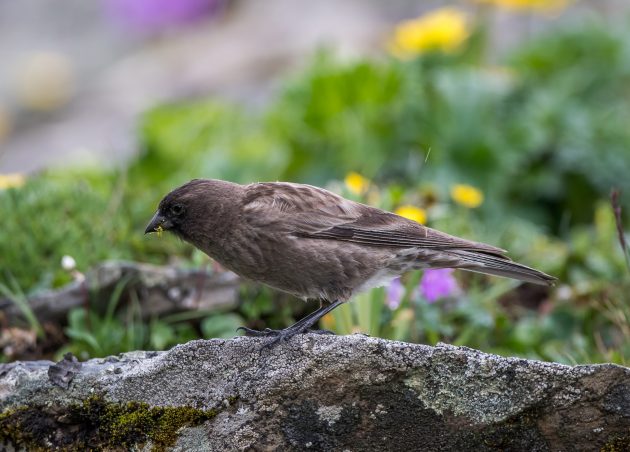
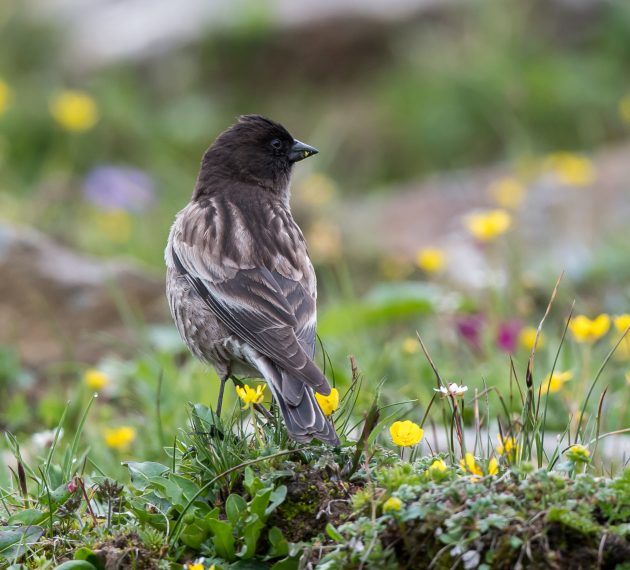
Higher up on the Balangshan pass, Yellow-billed Choughs (Alpine Chough) benefit from the local fast food available for sale there, along with the limited environmental consciousness of some of the tourists.
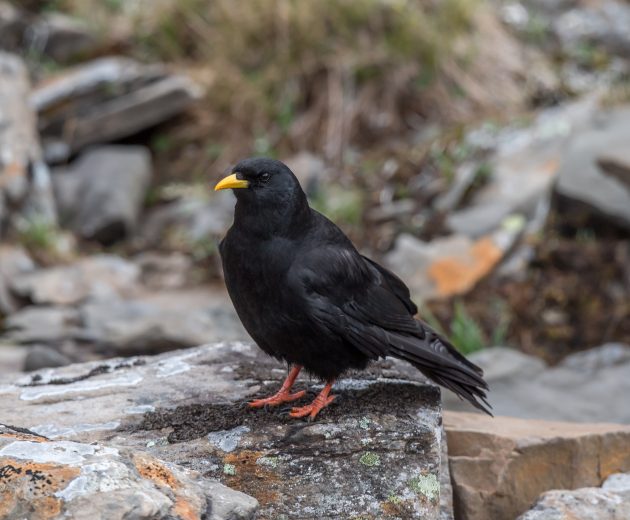
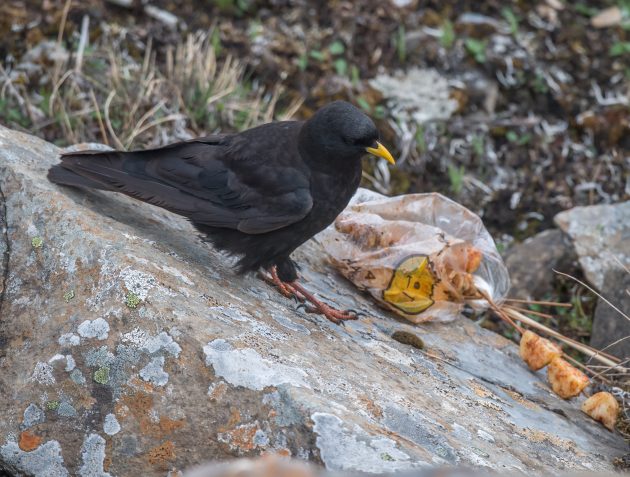
The chicks do their usual thing of just being pesky and clamoring for food …
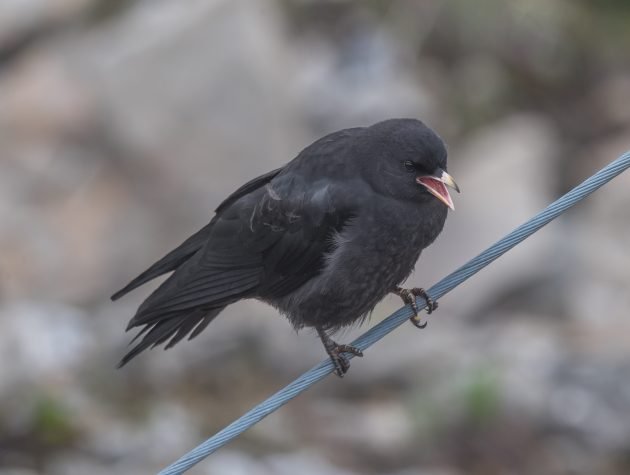
… mostly successfully.
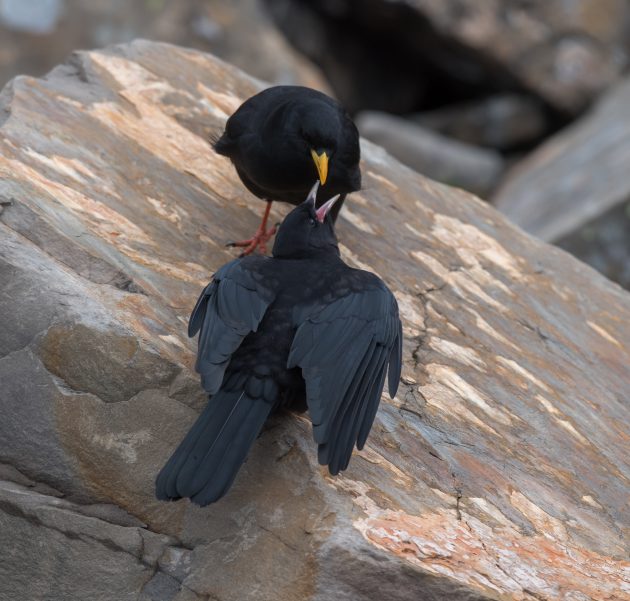
Adult Red-billed Choughs live at slightly lower altitudes, but they would probably agree with their yellow-billed relatives that teenage chicks can be a pest.
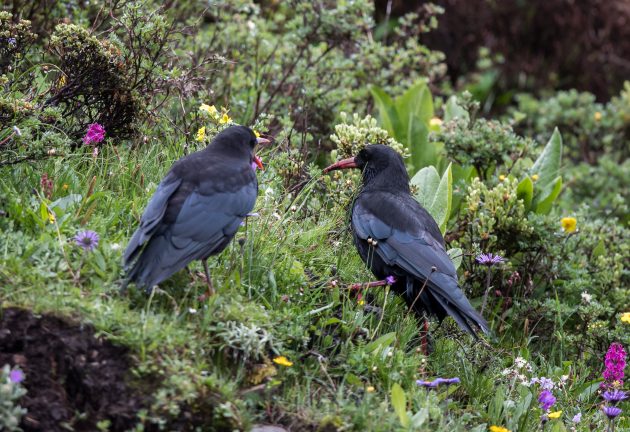
On Balangshan, two species of accentors similarly utilize different levels of altitude. The Alpine Accentor reaches right to the top of the pass at 4500 meters …
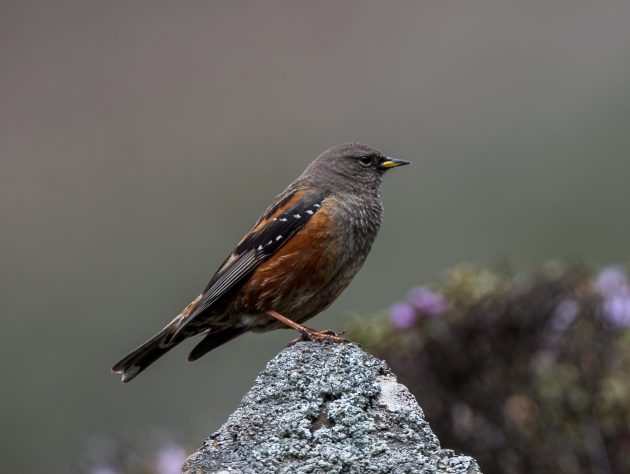
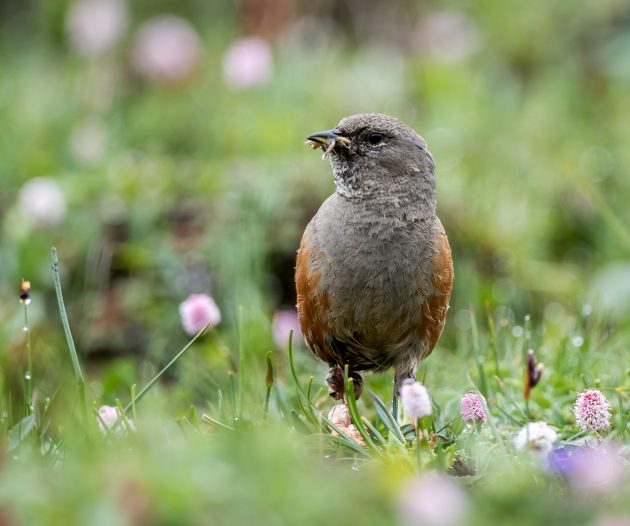
… while the Rufous-breasted Accentor (like me) seems to have fewer problems breathing at a slightly lower altitude.
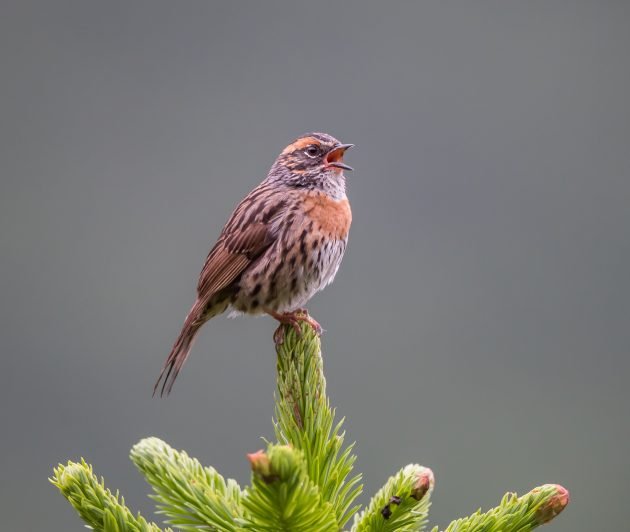
Basic activities such as nest building or carrying around a tripod and a heavy camera are simply less strenuous at lower altitudes.
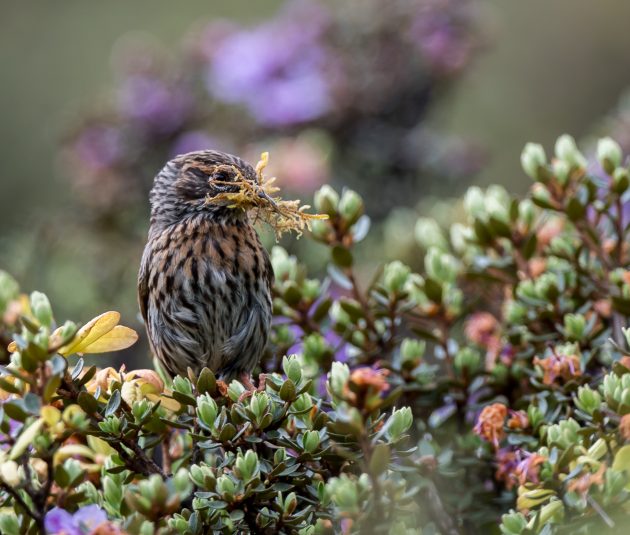
In my last post, I made some derogatory remarks about leaf warblers, something that resulted in aggressive hate mail from absolutely no one. Bowing to this non-pressure, here is an Alpine Leaf Warbler, which has the benefit of looking marginally more attractive than the indistinguishable leaf warblers most common in Shanghai.
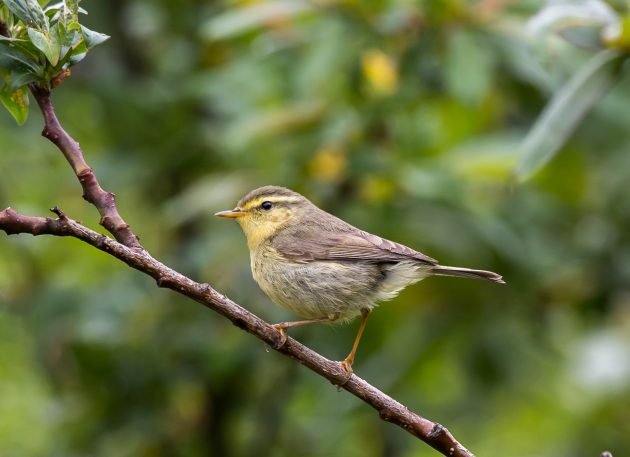
Still, not a bird that merits flying 2000 km from your hometown. The same does not apply to the Blue-fronted Redstart that is quite common at Balangshan.
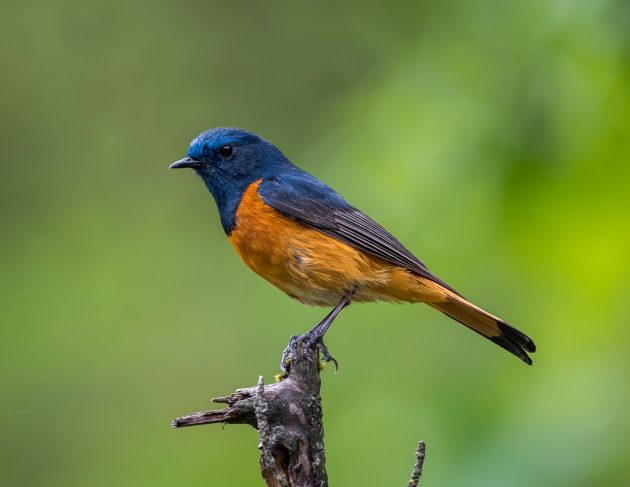
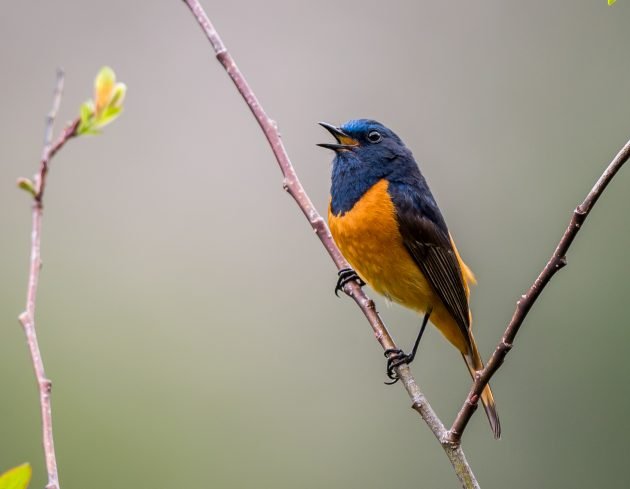
A juvenile.
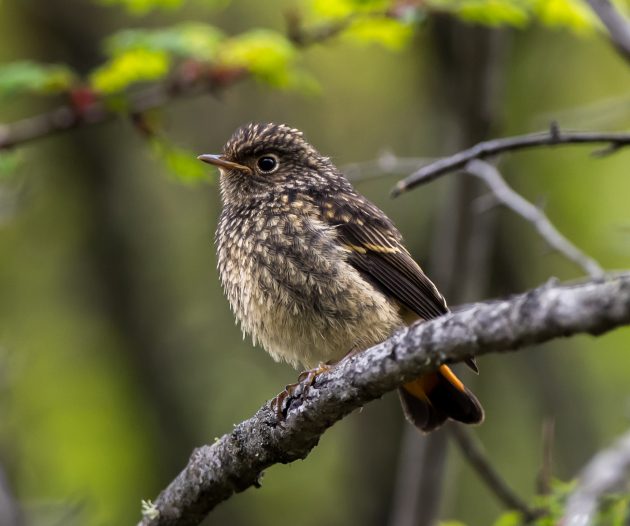
Common Cuckoos reach surprisingly high altitudes here at Balangshan. Some apparently have been trained by the local electricity companies to inspect the equipment.
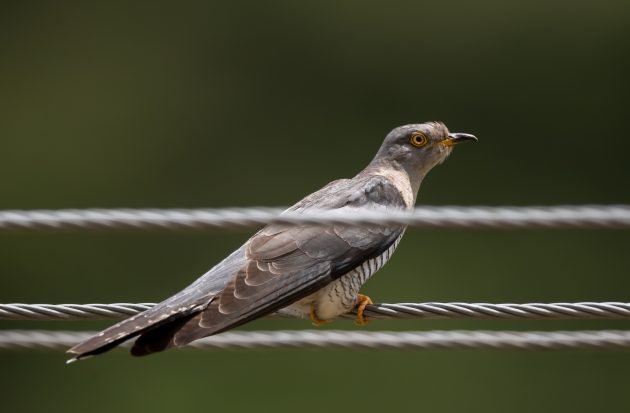
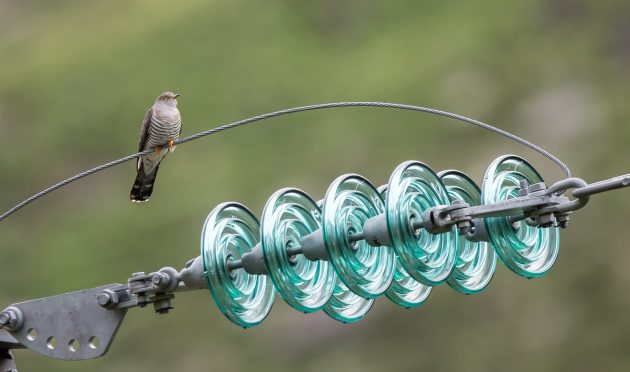
The Snow Pigeons here are quite shy.
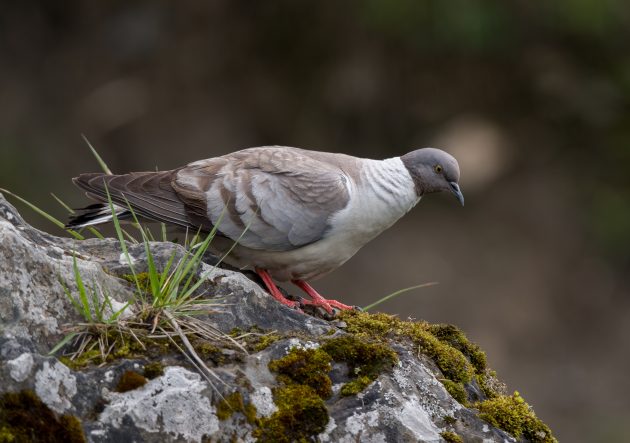
Posing on the – surprisingly numerous – ruins of buildings here at this altitude gives them a bit of an aura of extras in a Vietnam movie.
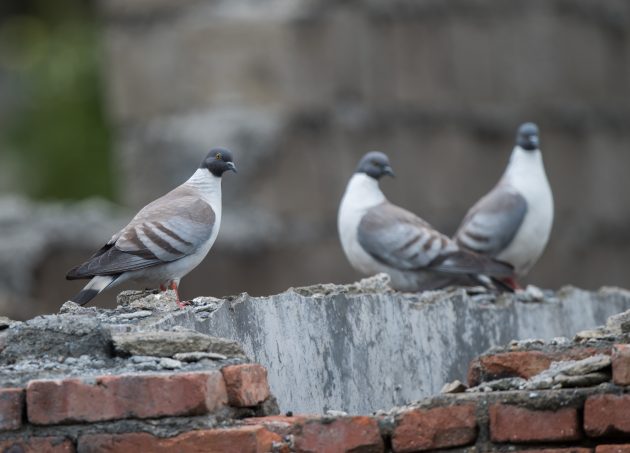
Olive-backed Pipits are found at slightly lower altitudes …
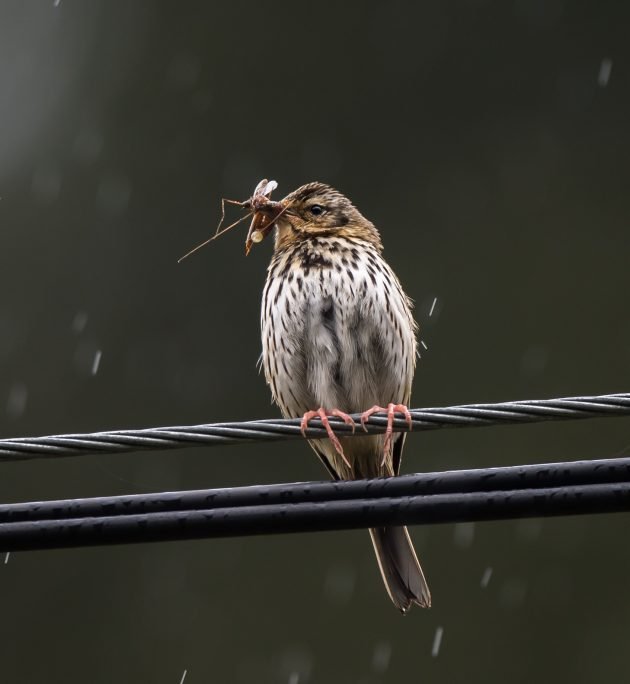
… than Rosy Pipits (which do not strike me as being particularly rosy).
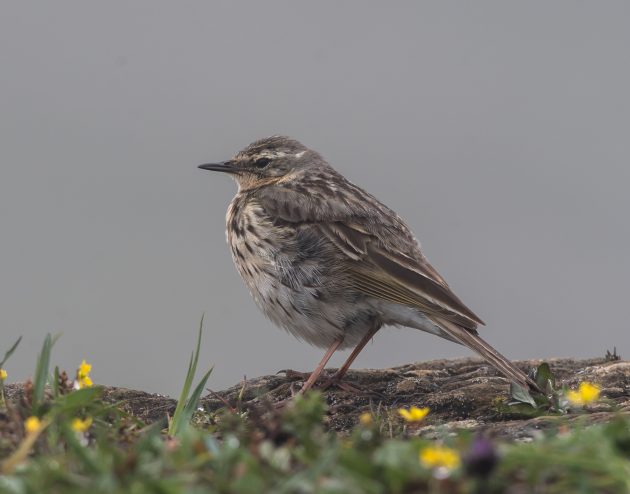
Among my favorite birds at Balangshan are Giant Laughingthrushes. Fortunately, at Balangshan sometimes not as secretive as stated in the bird guides.
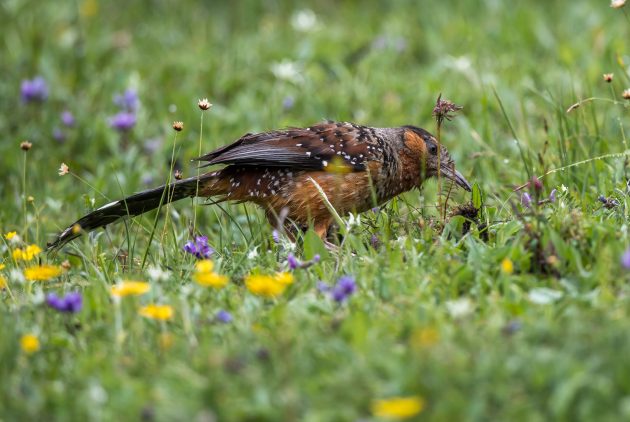
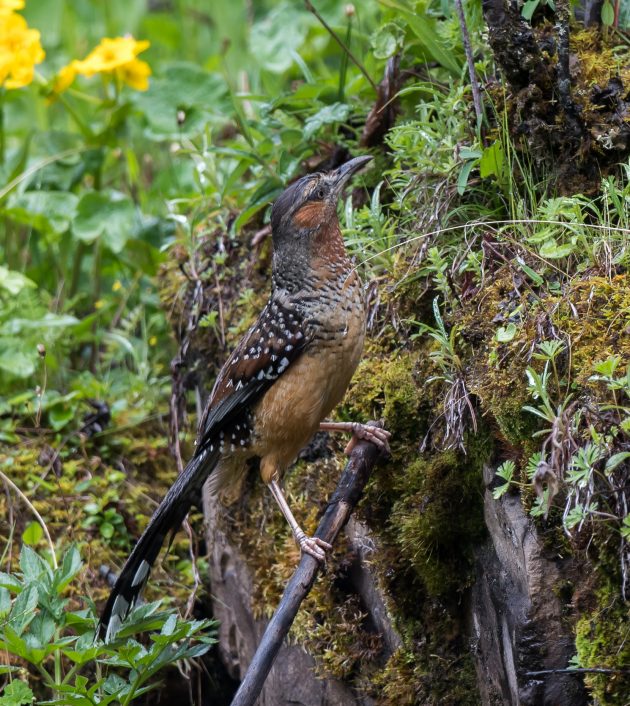
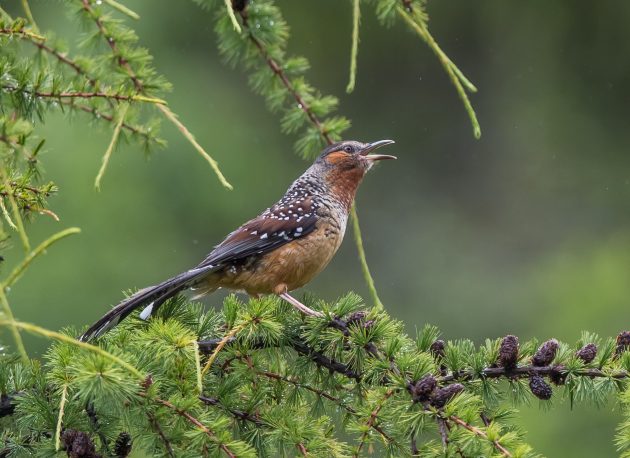
Note: This trip was made with Alpinebirding, a Chinese tour company with very knowledgeable, English-speaking, and friendly guides – highly recommended to overseas birders. See my report on Tripadvisor if interested.





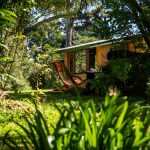
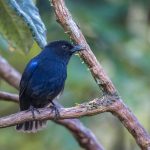
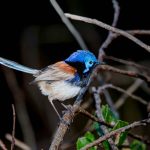
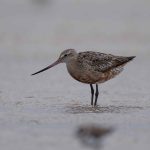
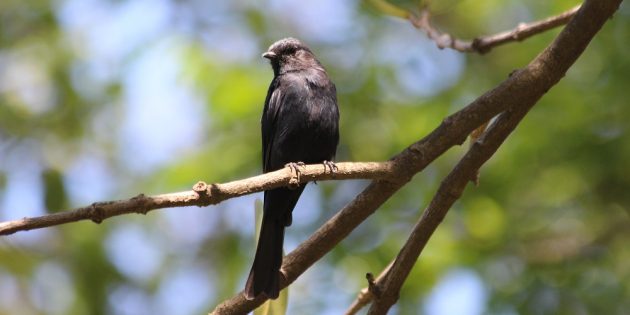

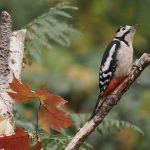
Those Grandalas are spectacular. I was wondering about the vivid blue, and I recall seeing how Tenerife Blue Chaffinches became surprisingly inconspicuous in the shadows of pine trees – something about the colour of the shadows. I wonder if this is a general rule? – perhaps there is some correlation between pines or other conifers and blue in the plumage.
Thanks for the plug to my piece about how the Grandala makes its cool colour — Bird of the Week.
I really enjoyed the whole tone of this trip report. Technical and yet witty. Thanks.
If you have time may I ask a question? I live in Cambodia and if travel to Chengdu becomes possible I hope to visit Sichuan. I would only have about 5 days to play with. Would you stick to the Balangshan area or go for 2 birding sites. I’d probably use Alpine as you did?
I can recommend Alpinebirding, though (as in management consulting, my area of expertise) it is more a question of the individual guide than of the brand name … 5 days seems a bit excessive for Balangshan, you may want to add one other location depending on the species you want to see, though of course this will also add additional driving time. Or if you want to minimize driving, you could just add Wolongshan (a bit downhill from Balangshan) – I also got some nice species there.
Thank you Kai for your advice. Very helpful. I smiled when you mentioned that the quality of the actual bird guide is more important than the brand name. I really appreciate that pithy, common sense wisdom and will take it on board. So, I’m waiting for Sichuan to open up. It looks stunningly beautiful. Thanks again.